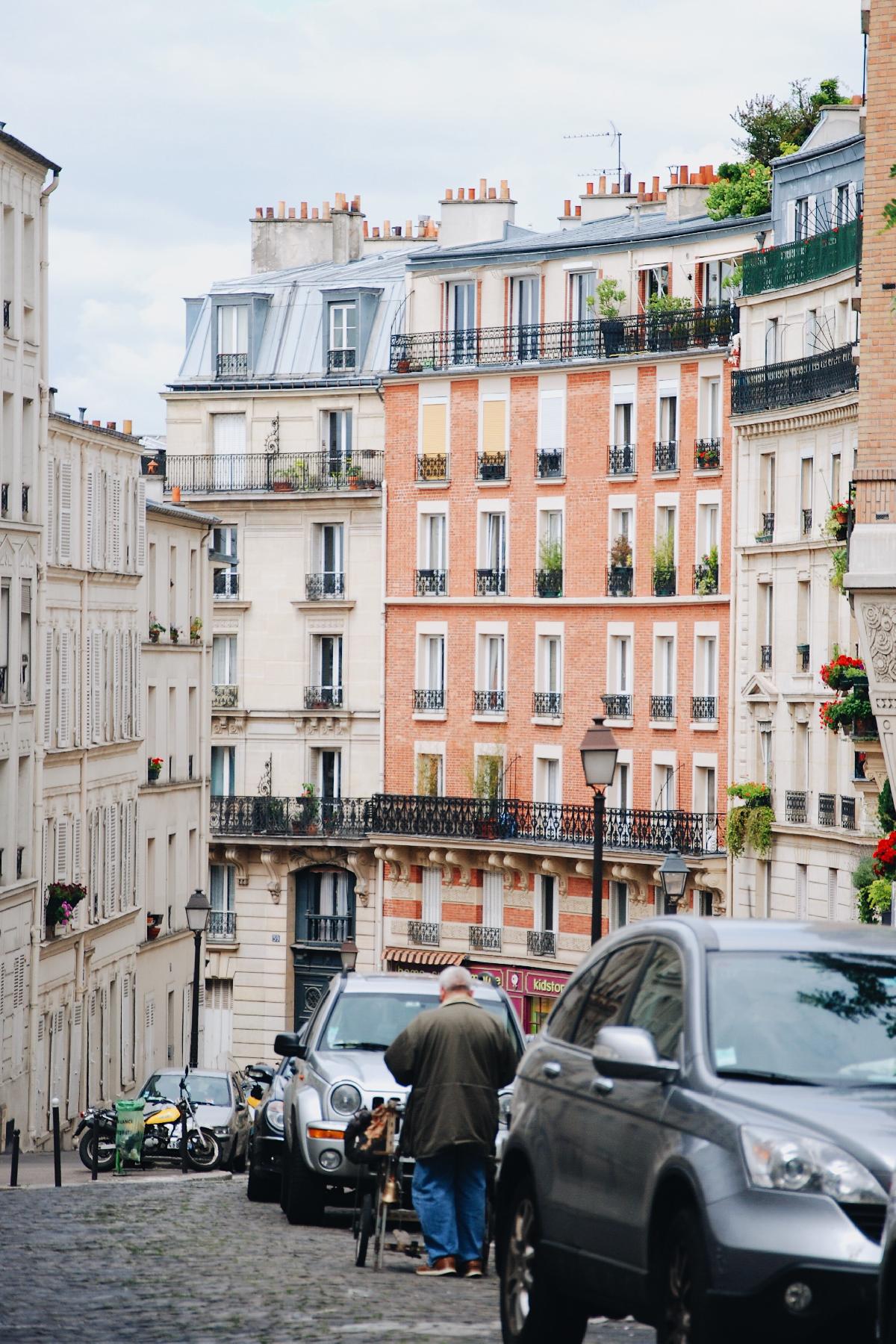First and foremost it’s important to get to know the local jargon. You have probably heard people mentioning the left and right bank, comparing arrondissements and discussing locations along the Seine. But what does it all mean? Once you get a hang of these, navigating the City of Lights will get a whole lot easier. Paris is divided into districts called arrondissements and there are a total of 20, arranged with the 1st located centrally. From here, the number spirals out clockwise with the 20th being on the outskirts of the city. For reference, the Musee d Louvre can be found in the 1st arrondissement, the Eiffel tower is in the 7th, while the Arc de Triomphe is located in the 8th. All these areas have their quirks and many of the central arrondissements are the best areas for expats to live in Paris. If you’re planning on fitting in with the locals, you should also get used to referring to the banks. The iconic River Seine cuts through the city and the northern half is commonly referred to as the Right Bank, while the southern part is called the Left Bank.
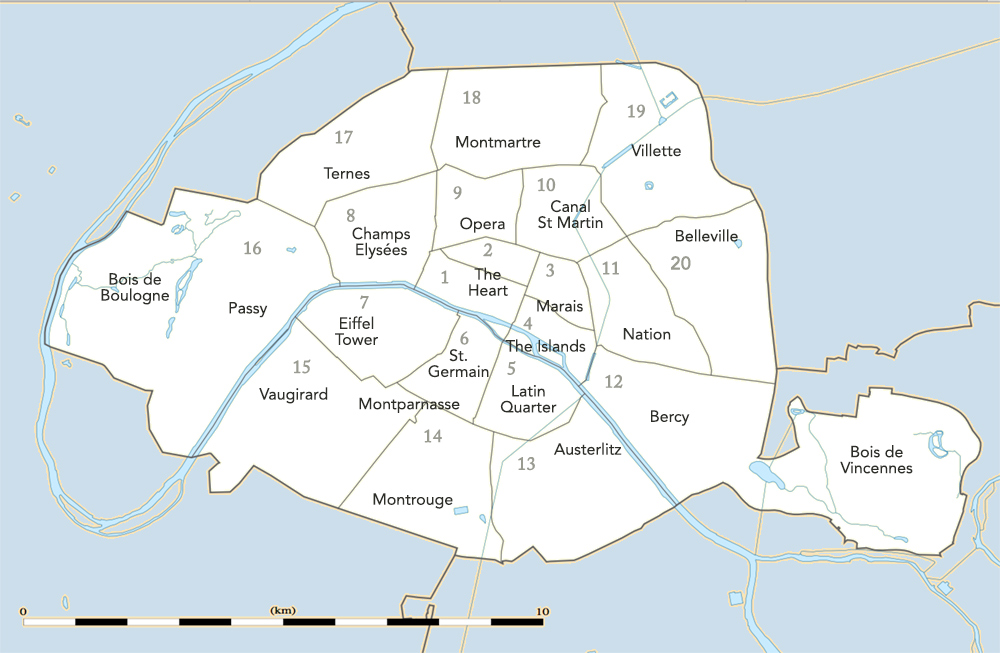
Source: Paris Insiders Guide
There’s no better way to get your bearings in a new city than by walking. And considering Paris is one of the most beautiful cities on earth, walking here is a pleasure. Most tourists prefer to take public transport between the major attractions, but if locals can walk, they often do, avoiding the hoards of visitors and taking in the street life as they go. If you choose to live in a Paris apartment with an Eiffel Tower view then you’ll be close to the centre of the action and will be able to walk to most parts of the city.
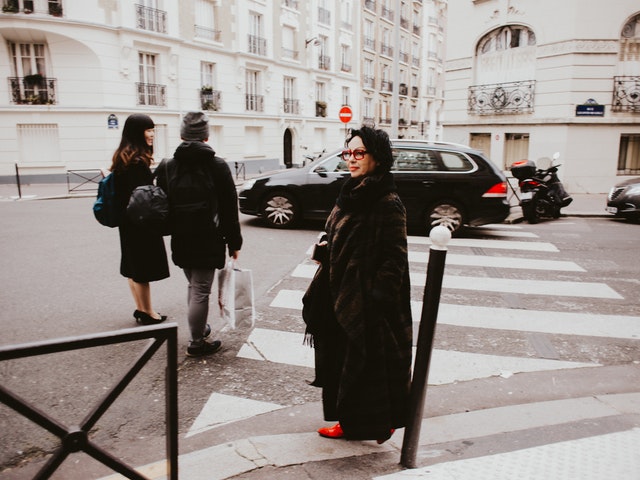
You know you’re a Parisian when you can take the metro without looking at the map and feeling flustered at the thought of changing lines. It’s not as complicated as it looks and if you’re living in Paris you need to quickly get the hang of it. The Paris Métro system is run by 16 Métro lines with 300 different stations operating within the central Paris area. Each Métro line is identified by number 1 to 14 and there are 2 secondary lines, the 3 bis and 7 bis (or 3b and 7b). Paris and the surrounding area is divided into five circular zones. Paris’s Métro opens daily from 6:30am to 12:30am so it’s a convenient way to get home if you’re out in other parts of the city at night.
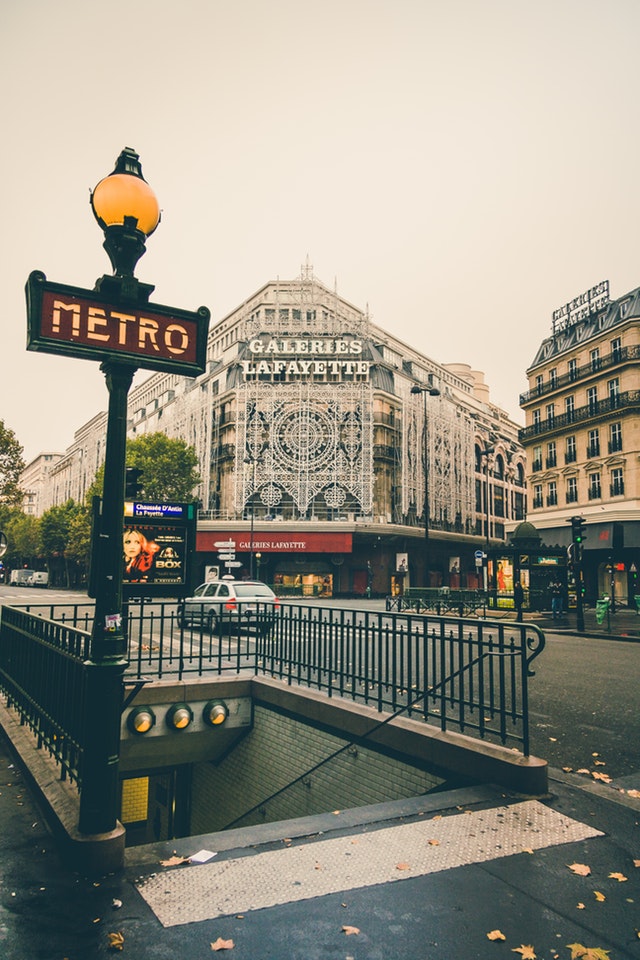
If you’re living outside the city centre, perhaps in one of the suburbs which are considered the best places in Paris for expat families to live then you will likely become familiar with the trains. The RER (Réseau Express Régional) is the regional train system in Paris that operates five different lines which pass through central Paris.
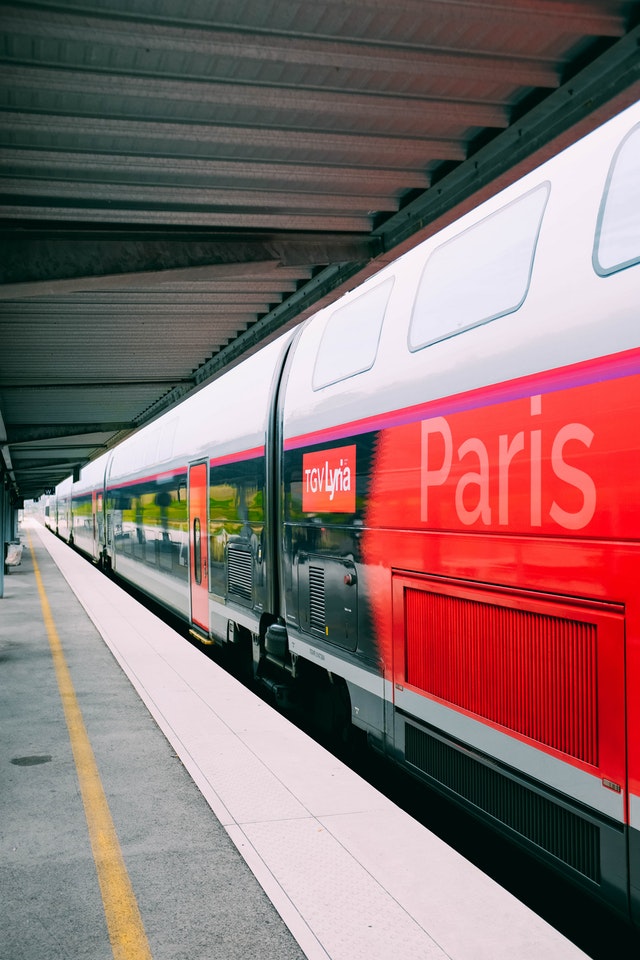
A more scenic option than the metro, the bus system in Paris is extensive and far reaching and used by the locals. There are 59 bus routes which zigzag across the capital and a single journey will cost €1.90. You can pay the driver directly when you get on. Not all of the drivers will speak English so try and plan your journey using CityMapper or Google Maps before you get on.
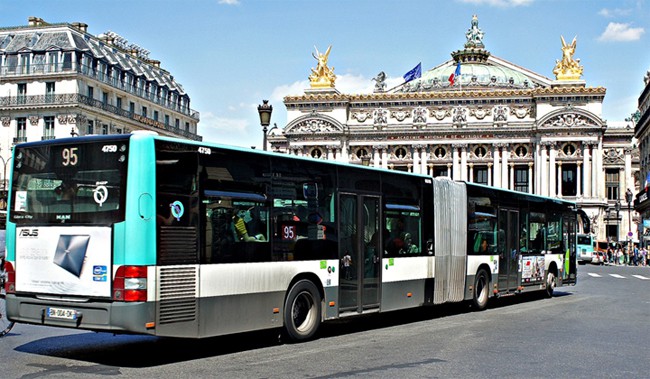
Source: Discover Walks
There are over 17,000 taxis in Paris, so taking journeys by cab shouldn’t be a problem. Even though Paris is very safe, if you’re a solo female moving to Paris you may like the security of getting a taxi, especially after dark. In rush hour, every Parisian knows not to take a taxi as the traffic can be impenetrable but out of peak travel times, taxis can be fast and convenient. You can hail them as well as wait in line at designated taxi ranks. Official Parisian taxis have a Taxi Parisien sign on the roof. It’s green when vacant and red when occupied. Uber is also active in Paris and a cheaper option than metered taxis usually. Just download the Uber app and book from there.
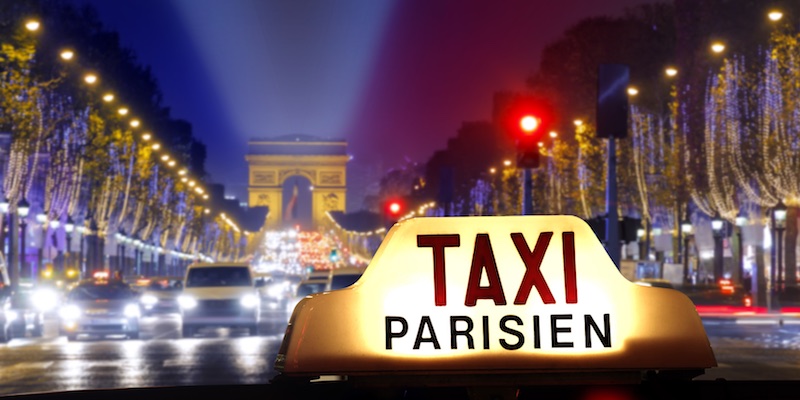
Source: Paris Insiders Guide
The Batobus might be a bit of a tourist trap, but this river taxi service actually offers 1 year passes for €60 so if you live and work on the river, this is a pleasant way to get to and from work. Cruising along the Seine every morning will never get old and will provide you with real bragging rights when people ask you how life in Paris is.

Biking is a leisurely, efficient, and environmentally-conscious way to travel around Paris and has become increasingly popular among locals in recent years. Paris was the first city to introduce a bike-sharing system back in 2007. All the world’s major cities have now followed suit, but Velib was the original. Paris now has 15,000 bicycle units available to the public spread throughout 1,800 stations. It's cheap, easy and fun to use. If you’re living in Paris, buying your own bike is also a good option as there are plenty of places to park dotted around the city.
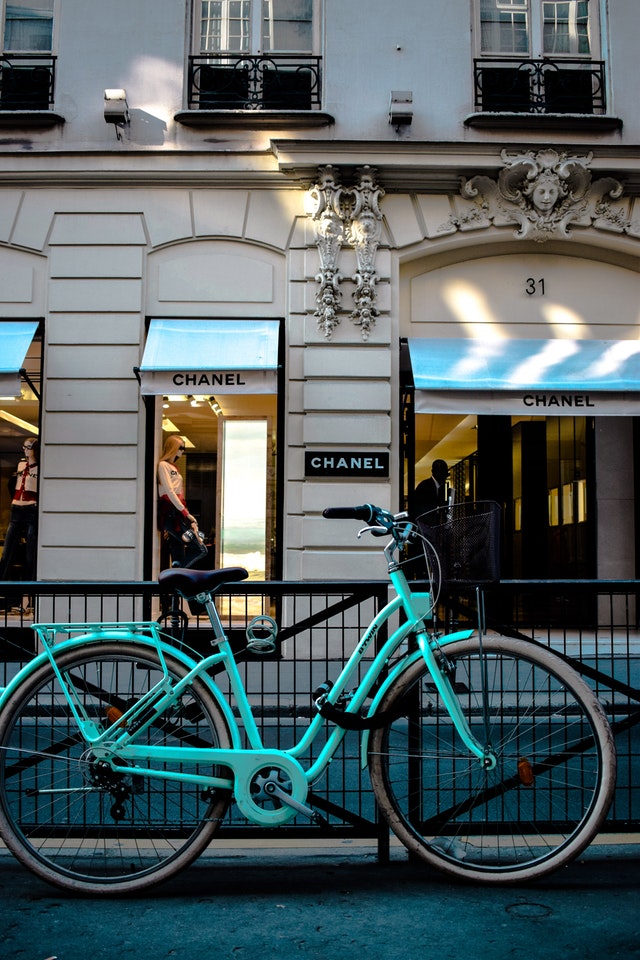
Having a car in Paris is not really necessary thanks to the wealth of public transport we’ve listed above, but if you do like the freedom of having your own car, you’ll be well-equipped for road trips to other parts of France and the Paris suburbs. We wouldn’t recommend using your car in Paris on a daily basis, but if your Paris apartment comes with a parking space then it can be a useful thing to have.
